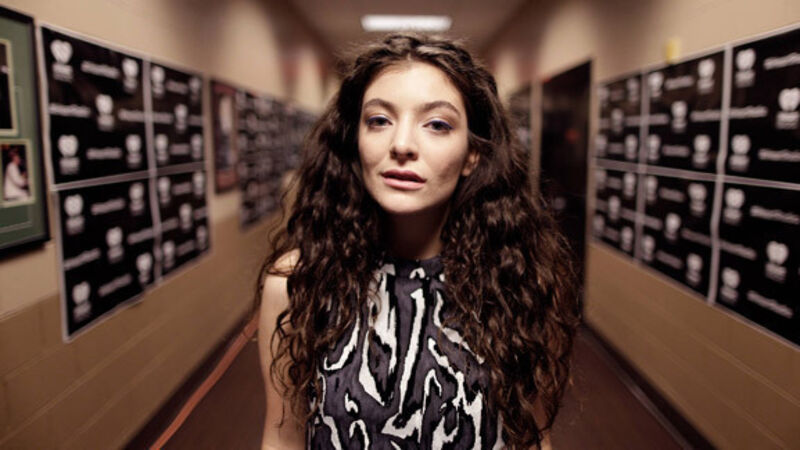Rising star: The return of pop star Lorde

Lorde, the New Zealand-born pop star, came into the fire-lit lounge of her downtown Manhattan hotel a few minutes past 11, apologising for the lateness of the hour — funny story, she said.
She’d been commuting daily to a Greenwich Village recording studio, plugging away at new music, but today U2, who had reserved the space, arrived and commandeered it.











